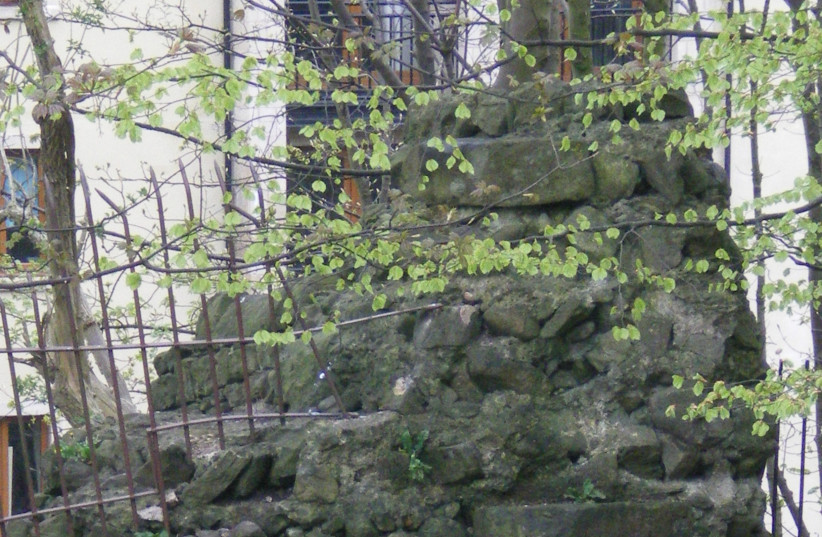Evidence of a Romano-Celtic temple has been discovered close to Lancaster Castle in the UK, the second-ever such discovery of its kind in northern Britain.
The discovery was made by researchers at Lancaster University, who were researching the area in what began as a team-building exercise for Ph.D. hydro-geophysics researchers. However, it took a turn and resulted in the discovery of evidence of a large religious enclosure right outside the Roman fort in Lancaster.
During the Roman era, there was a large fort and garrison in Lancaster that served as a command center between Chester and Hadrian's Wall and a base for naval operations and supplies.
Lancaster Roman Fort, first built around 80 CE, was rebuilt in stone during the 2nd century AD with a revetment wall measuring 2 meters thick built in front of a rampart made from turf and clay.
Professor Andy Binley, along with researchers from Iran, China and Italy, as well as student researchers, conducted an archaeological survey of the site.

“I had a few PhD students doing geophysical research and thought this was an interesting group hobby project, training them on techniques and getting them to work as a team.”
Prof. Andy Binley
“I had a few Ph.D. students doing geophysical research and thought this was an interesting group hobby project, training them on techniques and getting them to work as a team,” said Binley, a hydro-geophysics expert at the Lancaster Environment Center.
Researchers use cutting-edge techniques to study the site
The researchers used penetrating radar, which fires a pulse of energy into the ground and captures reflections of things underground, as well as a technique called resistivity mapping, which involves injecting electricity into the ground in order to measure its resistance to electricity.
This was the first time some of these methods and equipment were used at the site.
Dr. Guillaume Blanchy, a Ph.D. student at Lancaster University with experience using geophysical techniques to monitor moisture changes in soil, brought his expertise to the team.
“In the beginning, we were just trialing the equipment, then we were training others and then we just got a bit enthusiastic about the site, and wanted to map the entire field,” he said.
These techniques, as well as coding and modeling by the researchers, produced 3D images that were much clearer than images retrieved in previous surveys of the site.
“We found some extraordinary things,” said lead archaeologist Jason Wood. “I thought the area would be archaeologically sterile but to my great surprise it seemed to be stuffed with archaeology dated to the Roman period.”
The images revealed a walled enclosure with a gateway leading to a processional way, what may have been a mausoleum outside, and possibly the base of an altar.
“It would have been dedicated to a god, probably associated with the sea or river,” Wood said. “The inner sanctum was reserved for the priests, the outer ambulatory space was for elite members of society.”
“Most of the religious activities would have happened outside the temple, including sacrifices,” Wood added. “There would have been a sanctuary or enclosure, possibly with another temple and buildings associated with hospitality and curing the sick. The enclosure would have been separate from the fort, but connected to it by a road or professional way.”
“The possible discovery of a Romano-Celtic temple would be very exciting and greatly add to the significance of the site,” said Coun Sandra Thornberry, a British cabinet member responsible for museums, according to the Lancaster Guardian.
